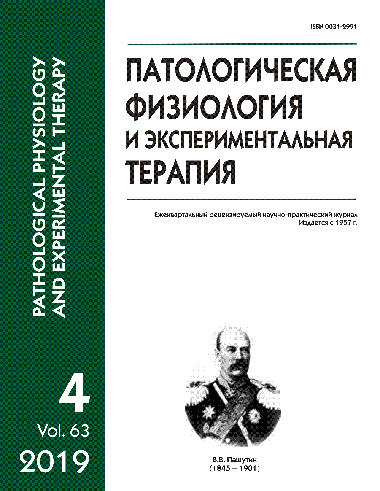The antinociceptive system. Endogenous mechanisms of pain control
Abstract
This review focused on the antinociceptive system and endogenous mechanisms of pain control. Multiple structures of the central nervous system control the pain sensitivity, and each of them functions as an independent entity. Together they constitute a complex system of antinociception consistent with that the sensation of pain is provided by integrative functioning of the central nervous system. This review analyzed the role of information delivered through thick myelin fibers to posterior horns and descending inhibitory effects at the level of the posterior horns. Two pain relief mechanisms were found at the spinal level, the segmental control and the descending inhibitory control system. According to current data anesthetic effects are explained not only by the segmental control but also by involvement of suprasegmental control mechanisms, including humoral ones. Central structures both exert downstream effects at the spinal level and modify pain signals at the locations where they switch over in various cerebral structures. The descending inhibitory system is closely interrelated with three neurotransmitter systems, the opiate, noradrenergic and serotonergic ones. Emergence of pain depends on both the intensity of nociceptive damage and on the condition of multiple parts of the antinociceptive system.Based on studying the pathogenesis of acute pain and the structure and function of antinociceptive system the authors provided a definition for the term of pain.






